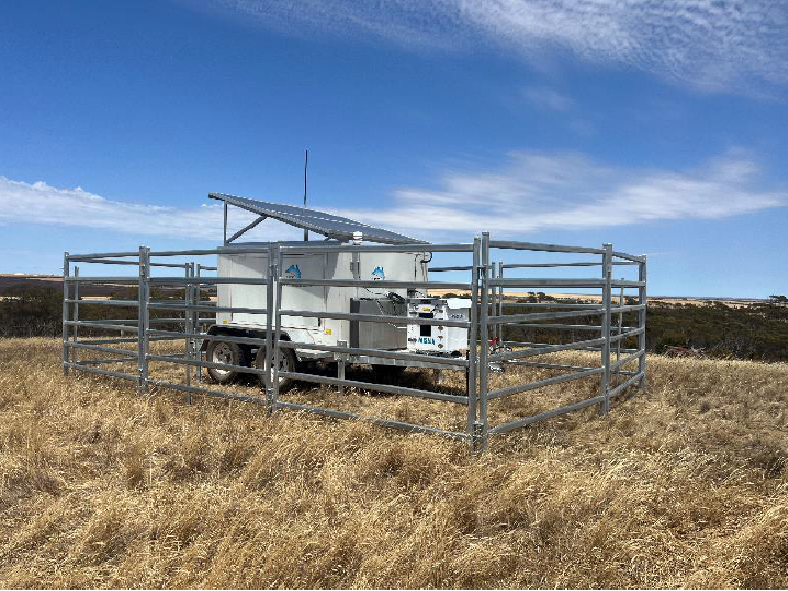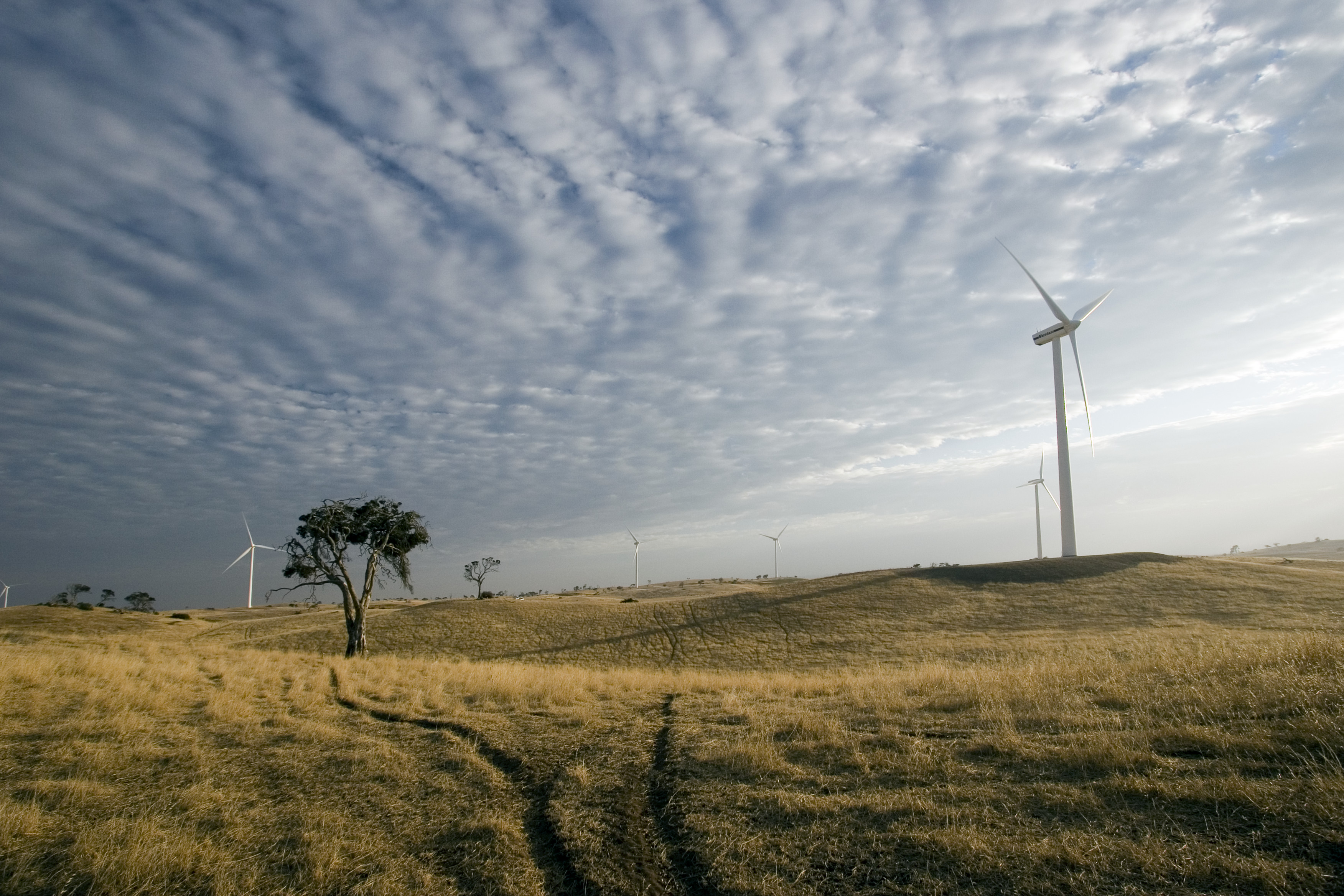November 25th 2024
What is a meteorological(‘met’) mast used for?
The purpose of the meteorological masts is to undertake wind and weather monitoring at various heights above ground level. This data will be used to help Vestas clearly define the wind speeds at the site – a notoriously difficult thing to model and predict! Wind farm development projects require long-term wind data sets to accurately estimate the expected energy that could be generated by the project. Meteorological masts are also used at airports and for general meteorological purposes, like weather forecasting.
What will the meteorological masts look like?
Each mast is a very thin steel lattice structure, just wide enough for a trained technician to climb. The masts will be fitted with small sensors to provide measurements of wind speed, direction, temperature and humidity. They will be approximately 120m in height and supported by guy wires, with aviation safety markers. Whilst the masts are very tall structures, they tend to blend into the skyline because they are thin and transparent.
What will be the impacts during construction and operation of the mast?
Each mast will be installed over the span of about one working week and will be unmanned once operational. They will be fitted with anti-climb protection and locked to prevent unwanted access. Vestas will conduct routine maintenance on each mast roughly every 4-6 months, using a standard ute. The masts are self-powered at low-voltages, with no underground power cables, and fitted with lightning protection. We have selected a cleared area for both installations, so we have no plans to remove vegetation prior to installing or when accessing the masts. The masts will be temporary, and Vestas will be responsible for taking them down at the end of their use.
While we have been monitoring wind in the area since 2021 and have had two active LiDAR’s around site for over a year, our new met mast central to the project will have multiple instruments to collect measurements of wind speed, wind direction, air pressure, humidity and temperature at one-second intervals over the next two years. This data will give us a better understanding of the wind resource and enable us to determine the optimum locations for wind turbines and the expected generation from the wind farm. We expect the erection of another met mast in the Campoona Energy Hub, on the north boundary of Cleve Wind Farm in 2025.


